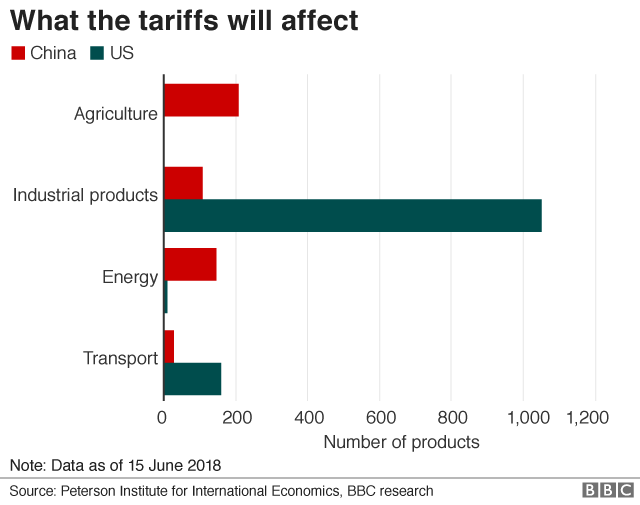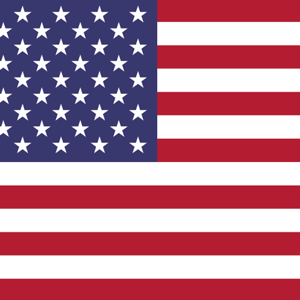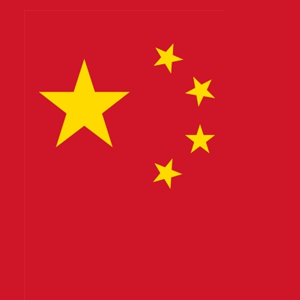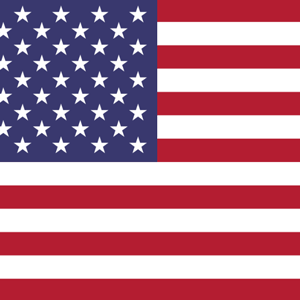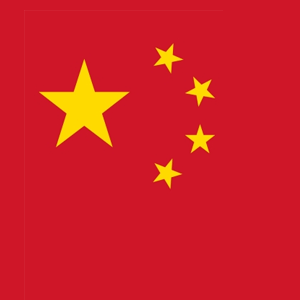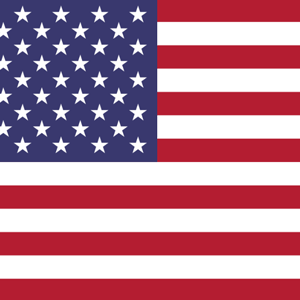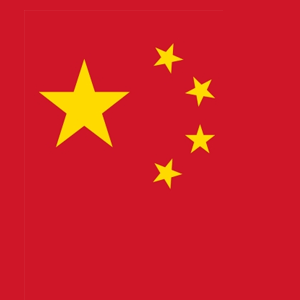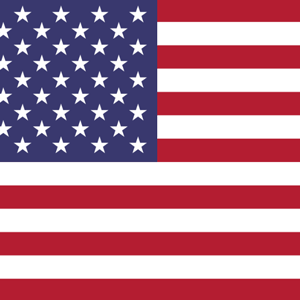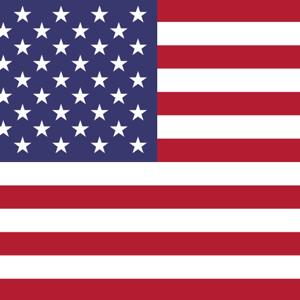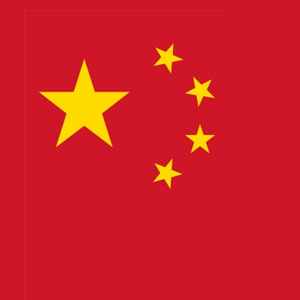https://youtu.be/3z58zHmz-6k
https://youtu.be/17KDxqffVFI
Professor Dr. Wang
https://youtu.be/17KDxqffVFI
Former Executive of Halliburton
DID HUAWEI VIOLATE IRAN SANCTIONS?
No, they didn’t.
CFO Meng was arrested supposedly for “violating Iran sanction”. This has to be the most grotesque distortion of justice since the US was the country who unilaterally pulled out IN VIOLATION of an agreement they had signed with multiple nations earlier !!! In other words, the guy who broke a solemn promise made, violated the agreement, then made sanction an American domestic law is now force feeding this law arbitrarily on the rest of the world by arresting someone who refuses to violate the agreement ! Is this making any sense to anybody?
Huawei created a subsidiary to do business with Iran, and the CFO is being charged with lying about the relationship between Huawei and the subsidiary.
This seems totally ridiculous to me since when I worked at Halliburton, we did EXACTLY the same thing ! Not only was our CEO never arrested, he was invited to join the government & became Vice President Dick Cheney !!!!!!!
The moral of this story is for normal businesses to be extremely vigilant & recognise the true faces of America & Saudi! One tosses you in jail for breaking twisted laws they make up as they go along & the other goes after you with a bone saw. Both are gangsters, far worse than the Mafia, because the Mafia at least have the decency to commit crimes secretively, while the thugs in American & Saudi governments commit their crimes blatantly in the open, with complete disregard to the laws & sovereignty of another country, bullying their way through, trying to justify their actions by smearing the victims... then run publicity campaigns to sway public opinions while accusing others of crimes against human rights.. ??!!
I am sure there are nice people in USA & in Saudi & i don’t want to generalise, but i have seen time & again in the States that if ever their oversized egos feel threatened, they can turn into totally evil, nefarious subhumans capable of the most despicable deeds.
The arrest of Meng is a case in point.
I went to the States starry eyed with high hopes & expectations, ready to learn a democratic system far superior than ours. Well, after my Ph.D and a few working years, I stand corrected.
Life in the States has taught me to be proud of my people and my country. Grass is definitely NOT greener on the other side. America is very strong in “hypes”, they talk big but deliver little. China does the opposite. American government spends on military, lives in “now”, supports the rich, & works for re-election. The Chinese government spends on infrastructure, works for the people, eradicated poverty & follows 5-30 year plans. These are facts, not propaganda, not campaign promises.
I can’t tell you how happy I am to be home again. Not only is the food much better, more importantly, I can finally stop worrying myself sick... about my elderly mom getting mucked, my attractive wife getting raped...my children getting bullied, drugged or shot in schools...Having to live in constant fear everyday is the ultimate violation of my human rights.
Gosh, it’s good to be back in civilisation.
 |
| Dr. Wang Wins Halliburton |
Huawei clash shows deeper US-China battle for global influence as power coming from high-tech sector
HONG KONG: The Trump administration has insisted the arrest of a top Huawei executive has nothing to do with trade talks. In Beijing, it’s just the latest US move to contain China’s rise as a global power.
Bail hearings proceeded this week after Meng Wanzhou, the chief financial officer of Huawei Technologies Co, was arrested in Canada on Dec 1 because of alleged violations of US sanctions against Iran. The case threatens to derail a trade truce struck the same day between Donald Trump and Xi Jinping.
Even if the two leaders manage to strike a broader deal, the arrest shows that the US-China conflict goes far beyond trade. The world’s biggest economies are now engaged in a battle for global influence that will ultimately determine whether the US remains the globe’s predominant superpower, or China rises as a viable counterweight.
“The sentiment in Washington now is not just a Trumpian mercantilism – the desire to bring back factory jobs to Wisconsin or wherever,” said Nick Bisley, a professor of international relations at La Trobe University in Melbourne who has written books on great-power politics. “It is a desire to significantly cut ties with China because of that larger perception it presents a strategic risk.”
A bipartisan consensus has emerged in Washington that China’s entry into the World Trade Organisation hollowed out US manufacturing and allowed it to grow rich. That increased economic power is now at a point where it risks eroding key American military advantages around the globe.
China insists it plays by the rules, and doesn’t challenge US dominance. Even so, three areas in particular worry American strategic planners: Technology, the dollar and the ability to project military power overseas.
A year ago, the White House identified China’s growing technological prowess as a threat to US economic and military might. American companies have long argued that China forces them to transfer intellectual property and sometimes steals trade secrets – all of which Beijing denies.
In justifying tariffs, Trump’s team has cited Beijing’s “Made in China 2025” strategy to become a global leader in state-of-the-art technologies from aerospace to robotics. So far, China has resisted those demands, arguing that doing so would crush its economic potential.
Huawei in particular epitomises the threat. Earlier this year, Trump blocked Broadcom Inc’s US$117bil hostile takeover bid for Qualcomm Inc over concerns that Huawei would end up dominating the market for computer chips and wireless technologies.
The fear is that wireless carriers may be forced to turn to Huawei or other Chinese companies for 5G technology, potentially giving Beijing access to critical communications. Those concerns have prompted the US to ban Huawei’s products for government procurement, and Australia, Japan and New Zealand have reportedly followed.
China has fought back, with foreign ministry spokesman Lu Kang saying this week that Huawei didn’t “force any enterprise to install forced backdoors.”
“The competition is really focused in the areas where future strategic and economic dominance come from,” said Michael Shoebridge, director of the defense and strategy programme at the Australian Strategic Policy Institute.
“The Huawei arrest is right in the middle of this because both America and China see their future global power as coming from the high-tech sector.”
The dominance of the dollar has allowed the US to effectively control the world’s financial system, underpinning its superpower status. Yet Trump’s increased use of sanctions to assert its foreign-policy goals has prompted a wide range of nations – from China to Russia to the European Union – to look for an alternative.
The Trump administration added nearly 1,000 entities and individuals to its sanctions list in its first year, almost 30% more than the Obama administration’s last year in office, according to law firm Gibson Dunn. The complete list now runs to more than 1,200 pages.
Sanctions are a key tool for the US to subdue potential adversaries like North Korea, but they also can affect friends and allies. The EU, which objected to reimposing sanctions on Iran, this month unveiled plans to mitigate the so-called “exorbitant privilege” of the dollar.
During a visit to China last month, Russian Prime Minister Dmitry Medvedev said the two nations were looking at ways to boost the use of their currencies through allowing the use of China’s UnionPay credit card in Russia and Russia’s Mir card in China. “No one currency should dominate the market,” he said.
“We are potentially at the beginning of a systemic shift that may take some time to play out,” said Gregory Chin, associate professor at York University in Toronto, and a political economy specialist. “The political will is building and coalescing.” — Bloomberg
Related posts:
https://youtu.be/_fFQ4oyaW6M https://youtu.be/OJ6pdi05oj8 https://youtu.be/QgPN00prqYI https://youtu.be/0YTBCndEhho Extra..
> https://youtu.be/WvrXDbRy8dU https://youtu.be/OzCKON8KT2E https://youtu.be/SaQKhepUEOM https://youtu.be/2KpC1OzIYyM
In custody: A profile of Meng is displayed on a computer at a Huawei store in Beijing. The Chinese government, speaking through its emb.
https://youtu.be/RACbXf27iQ0
https://youtu.be/JO31OG2IqZI Internet Protocol Version 9 第一代互联网 IPv9
Great news and why Washington...







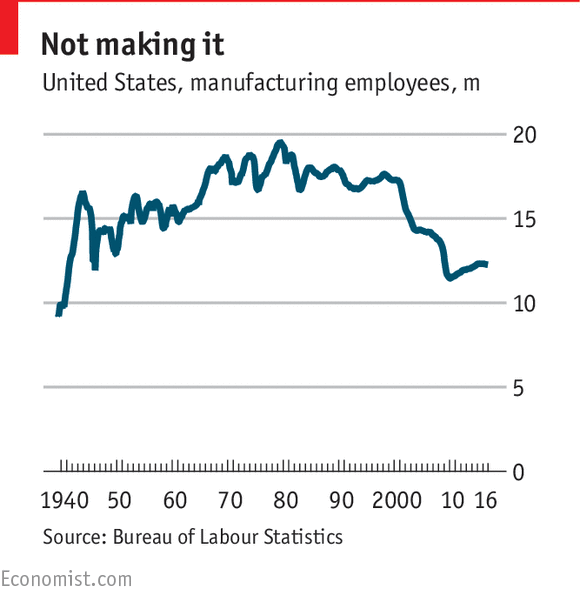 https://youtu.be/OCk4VkAKKFc
https://youtu.be/OCk4VkAKKFc 



















